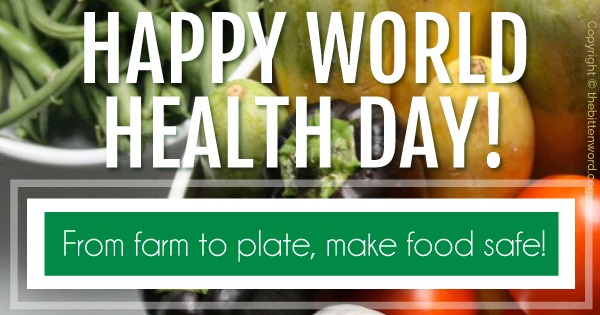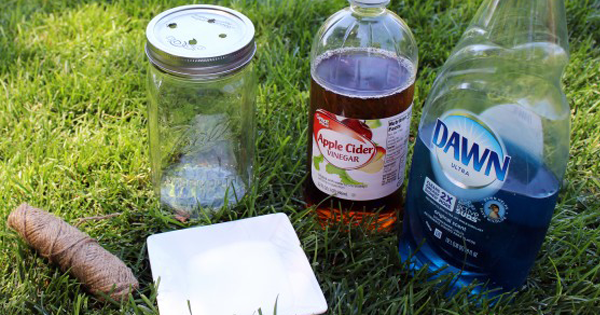Advertisement
World Health Day comes around on April 7 every year, but this year’s theme happens to be particularly relevant at the moment.
Given a recent outbreak of antibiotic resistant shigella spreading across the U.S.—along with an ongoing debate over childhood obesity and food safety—it’s more important now than ever before for people to be cautious about what they eat.
This year, WHO is highlighting the critical need to practice food safety with the clever slogan: “From farm to plate, make food safe.”
Here are 5 easy ways that you, as a consumer, can make sure all the food your family eats is safe and healthy:
- Keep Clean: It should go without saying that washing your hands is always the first step in food preparation. Before you so much as place a cutting board on the kitchen counter, make sure everything is sanitized—the counter, cutting board, your hands, etc. Although most microorganisms are harmless, a few dangerous microorganisms found in soil, water, animals, and people, can generally be carried on your hands—and just the slightest contact may transfer them to your food.
- Separate Raw and Cooked: When preparing different foods, it’s highly important to separate raw meats, poultry, and seafood from other foods. Just to be safe, you should also cut and handle raw meats with different utensils than the rest of your meal. All raw foods—especially meat—can easily contain dangerous microorganisms, which may be transferred to other foods during preparation and storage.
- Cook Thoroughly: Proper cooking kills almost all unsafe microorganisms, which is why it’s so important to make sure that your different foods—especially meat, poultry, and seafood—are cooked to a temperature of 70 degrees Celsius. One great rule of thumb for meat and poultry is: Juices should always run clear, not pink, before it can be considered fully cooked.
- Store Food at Safe Temperatures: No matter what, cooked food should never be left at room temperature for longer than two hours. Any time you cook, seal the food inside a container and store it in the refrigerator. Believe it or not, it’s also important not to thaw frozen food at room temperature before cooking/serving. Why? Well, microorganisms can actually multiply quite rapidly at room temperature. By storing foods below 5 degrees Celsius, the growth is either slowed or completely stopped.
- Use Safe Materials and Water: All raw materials, including water and ice, can be contaminated with dangerous chemicals, toxins, and microorganisms. These toxic chemicals are especially prevalent in moldy/expired foods. Taking simple precautions, like washing and peeling foods, can help drastically reduce these risks. Try to make sure that all the meals you make are prepared with safe and fresh ingredients—and never eat/cook foods that are already past their expiration dates.
How do you make sure your foods are healthy and safe? Tell us in the comments!




